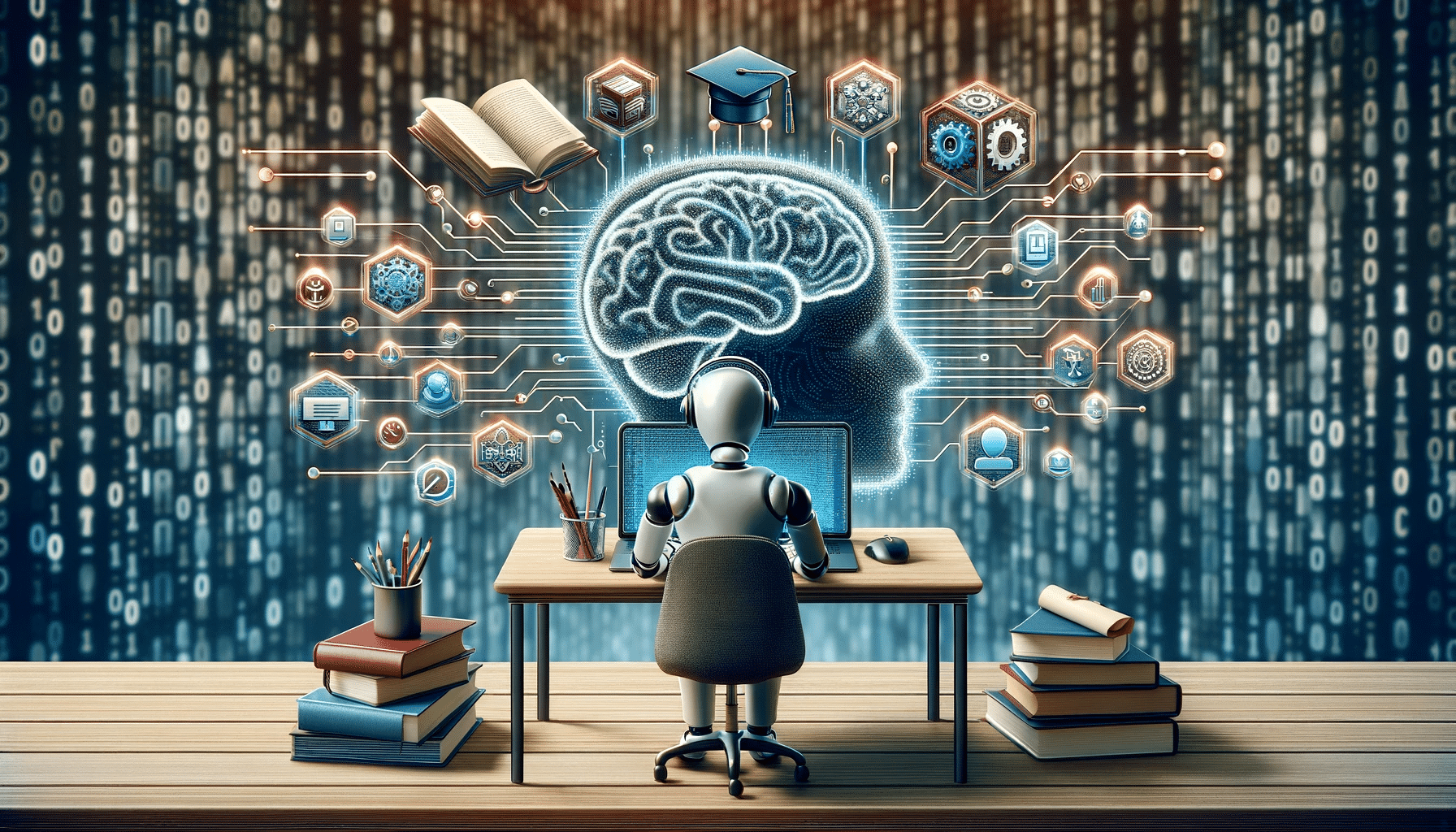Have you ever wondered if the words you read online could be the creation of a machine? In the realm of artificial intelligence, Chat GPT, a state-of-the-art language model, has been making waves for its ability to generate text that’s strikingly human-like. This technological marvel, developed by OpenAI, has gained immense popularity for its versatility in crafting everything from simple responses to complex articles. But with this rise in AI-generated content comes a crucial question: does using Chat GPT equate to plagiarism?
Plagiarism, the act of using someone else’s work without proper acknowledgment, is a serious concern, especially in academic and professional circles. As we delve into the intricate relationship between Chat GPT’s capabilities and the principles of academic integrity, we’ll explore how this AI tool generates content, the ethical implications of using such technology in academic settings, and the effectiveness of plagiarism detection methods against AI-written text. We’ll also debunk myths about Chat GPT’s originality, offer guidelines for its responsible use, and look ahead at how AI might reshape the landscape of academic writing. This journey will not only enlighten you about the current state of AI in content creation but also equip you with the knowledge to navigate this evolving digital world responsibly.
What is Chat GPT?
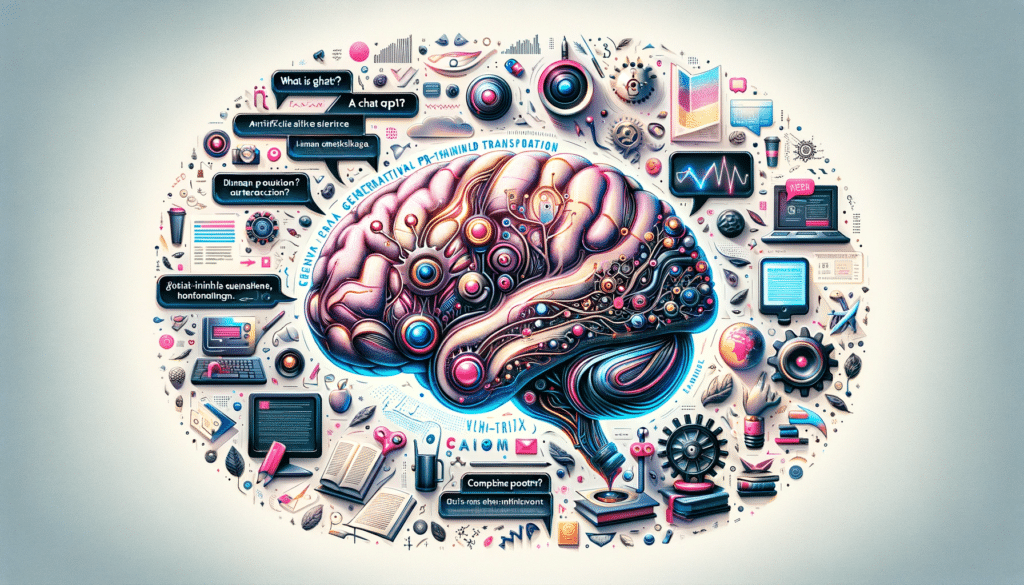
Have you ever interacted with a computer program that responds like a human? Chat GPT, a Generative Pre-trained Transformer, is exactly that – a cutting-edge AI tool developed by OpenAI. Imagine a machine that can write essays, answer questions, and even compose poetry; that’s Chat GPT for you. It’s like having a digital brain at your fingertips, one that’s read a vast library of text and learned how to mimic human writing styles.
At its core, Chat GPT is trained on a wide array of internet texts, which enables it to generate responses that are not just accurate but also remarkably human-like. From helping with homework to drafting emails, its capabilities are vast and varied. As we dive deeper into this blog, we’ll explore how Chat GPT walks the fine line between being a helpful tool and the complex issues of plagiarism it raises, especially in academic settings. We’ll also look at how it’s changing the way we think about writing and creativity, and the measures in place to ensure its use remains ethical and original. This journey into the world of Chat GPT is not just about understanding a piece of technology; it’s about grasping how this technology is reshaping our interaction with the digital world.
The Plagiarism Debate Surrounding Chat GPT
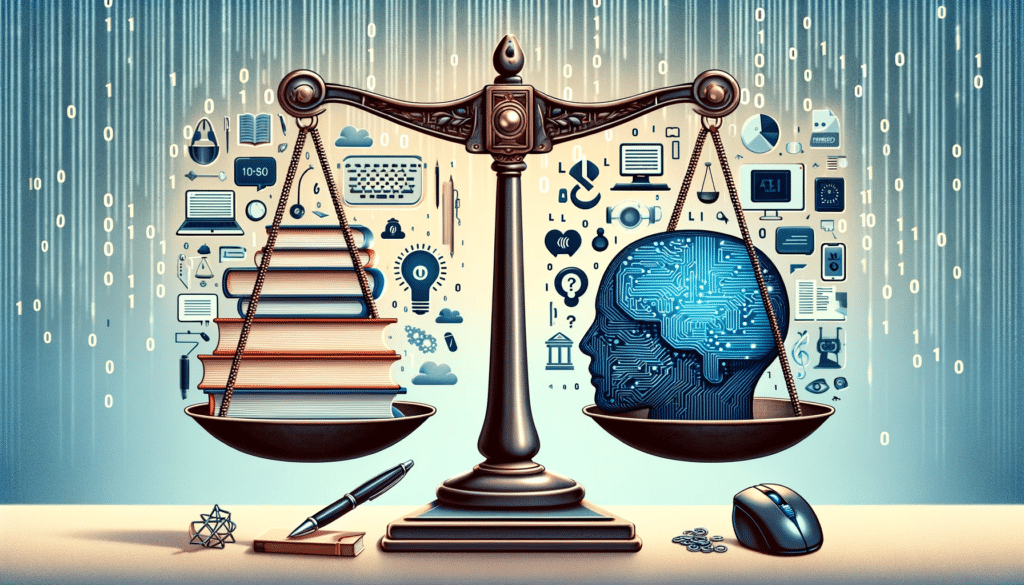
Is it possible that a machine’s words could be mistaken for a human’s intellectual property? This question lies at the heart of the ongoing debate about Chat GPT and plagiarism. As Chat GPT, an AI-driven language model, becomes increasingly adept at producing human-like text, the lines between original human thought and machine-generated content are blurring. This has sparked a significant discussion in academic circles about the nature of plagiarism in the age of AI.
From one perspective, some educators and scholars argue that since Chat GPT’s responses are generated based on a vast database of existing texts, its outputs could inadvertently mirror published content. This raises concerns about the authenticity of work produced with Chat GPT’s assistance. The worry is that students might rely heavily on AI for assignments, leading to questions about the originality of their submissions.
However, others in the academic community view Chat GPT differently. They argue that since the AI model generates responses based on how it’s been trained, without directly copying from a specific source, it’s not plagiarism in the traditional sense. This viewpoint suggests that the use of Chat GPT, like any other resource, requires a nuanced understanding of citation and intellectual honesty.
The debate over Chat GPT and plagiarism is not black and white. It’s a complex issue that challenges our traditional understanding of creativity and originality. As we navigate this new terrain, it’s crucial to consider both the potential and the pitfalls of integrating AI tools like Chat GPT into academic and creative writing.
How Chat GPT Generates Content
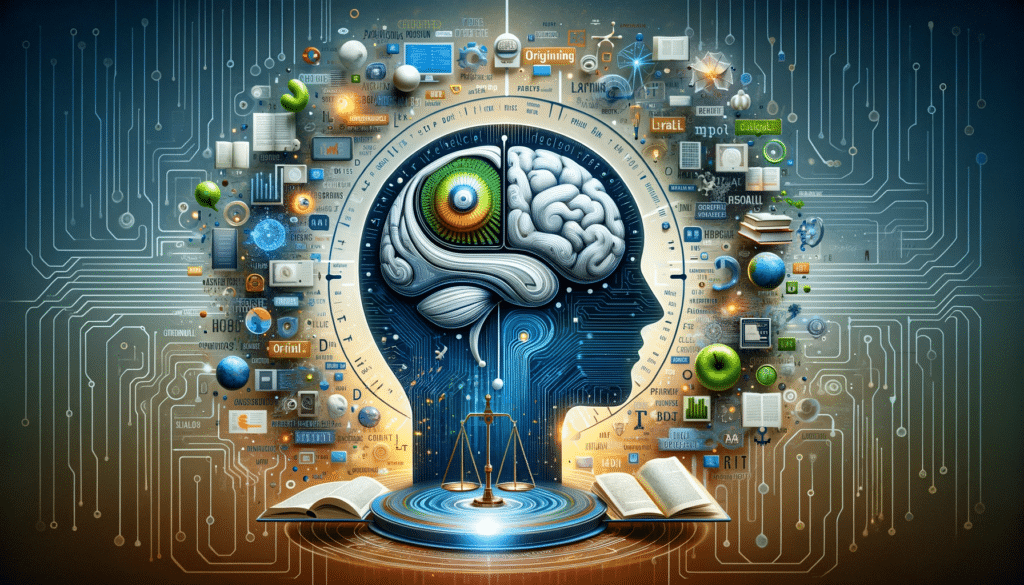
Ever wondered how a machine can write like a human? The secret lies in a technology called Natural Language Processing (NLP), which is the backbone of Chat GPT’s ability to generate content. NLP enables Chat GPT to understand, interpret, and respond to human language in a way that’s incredibly similar to how we communicate. It’s like teaching a computer to understand and use language by feeding it a vast amount of text data. This training involves analyzing patterns, structures, and nuances of language, allowing Chat GPT to produce responses that are coherent, contextually relevant, and often indistinguishable from human writing.
Unlike traditional methods of plagiarism, which involve directly copying someone else’s work, Chat GPT’s content generation is fundamentally different. It doesn’t simply replicate text from its training data; instead, it creates new combinations of words and sentences based on its understanding. Think of it as having a conversation with someone who has read everything on the internet but still comes up with their own unique way of expressing ideas. This is where the distinction lies: Chat GPT’s output is original in composition, even though it’s influenced by pre-existing text.
However, this doesn’t mean the content generated by Chat GPT is always free from plagiarism concerns. Since it draws from existing literature, there’s a possibility, albeit small, that its responses might closely resemble specific sources. This is where the debate around AI and originality becomes complex. Understanding how Chat GPT works is crucial in discerning its role in content creation and its implications for originality and intellectual property.
Academic Integrity and AI Tools
In the world of education, how does AI fit into the picture, especially tools like Chat GPT? With the advent of AI in academic settings, the traditional landscape of learning and research is undergoing a significant transformation. AI tools like Chat GPT are not just digital novelties; they’re becoming integral parts of the educational toolkit, offering new ways to learn, research, and even write.
However, the use of AI in academics isn’t without its ethical dilemmas, particularly concerning essays and research work. The primary concern revolves around academic integrity. When students use Chat GPT to assist with their essays or research, it raises questions about the authenticity of their work. Is the essay genuinely a product of the student’s understanding and skills, or is it largely the AI’s doing? This is a crucial question in educational institutions that value original thought and effort.
Moreover, the ethical use of AI tools like Chat GPT in academics hinges on transparency and honesty. It’s essential for students to disclose the use of such tools in their work. This transparency ensures that the evaluation of their work remains fair and true to the principles of academic integrity. In essence, while AI can be a powerful ally in education, it must be used responsibly, with a clear understanding of its role as a tool for assistance, not a substitute for personal intellectual effort. As we navigate this new era of AI-assisted learning, striking the right balance between leveraging technology and maintaining academic honesty is key.
Plagiarism Detection and AI-Generated Content
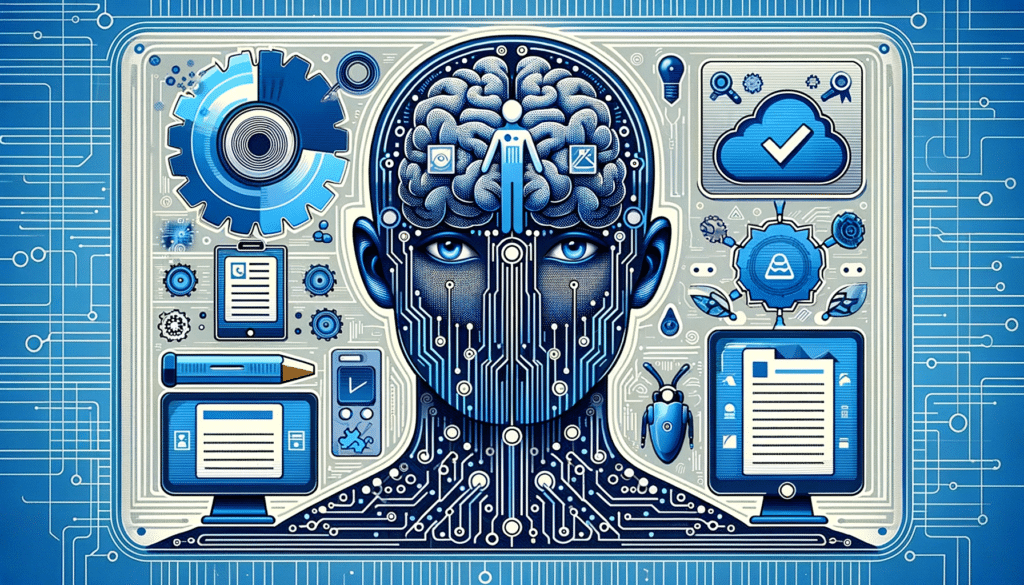
How do we ensure the content is original in a world where AI can write essays? This question is at the forefront of discussions about plagiarism detection tools and their effectiveness against AI-generated content like that from Chat GPT. Traditionally, plagiarism detectors have been designed to identify copied or slightly modified text. However, AI-generated content poses a new challenge: it’s often unique in structure, making it harder to detect using conventional methods.
These tools, such as Turnitin or Grammarly, work by comparing submitted content against a vast database of existing texts. They look for direct matches or similar patterns. But when it comes to AI-generated content, the game changes. AI, like Chat GPT, doesn’t just copy text; it creates new content based on a wide range of inputs. This means that the output might not match anything in plagiarism detectors’ databases, even though the ideas or information may not be original.
The challenge, therefore, lies in developing more advanced detection methods that can understand the context and essence of the content, not just the words themselves. This involves sophisticated algorithms that can analyze writing style, tone, and structure. As AI continues to evolve, so must our tools and methods for ensuring academic integrity. It’s a race between technology that creates and technology that detects, each pushing the other to new heights. Understanding and adapting to these advancements is crucial in maintaining the integrity of academic and professional writing in the age of AI.
Plagiarism Detection and AI-Generated Content
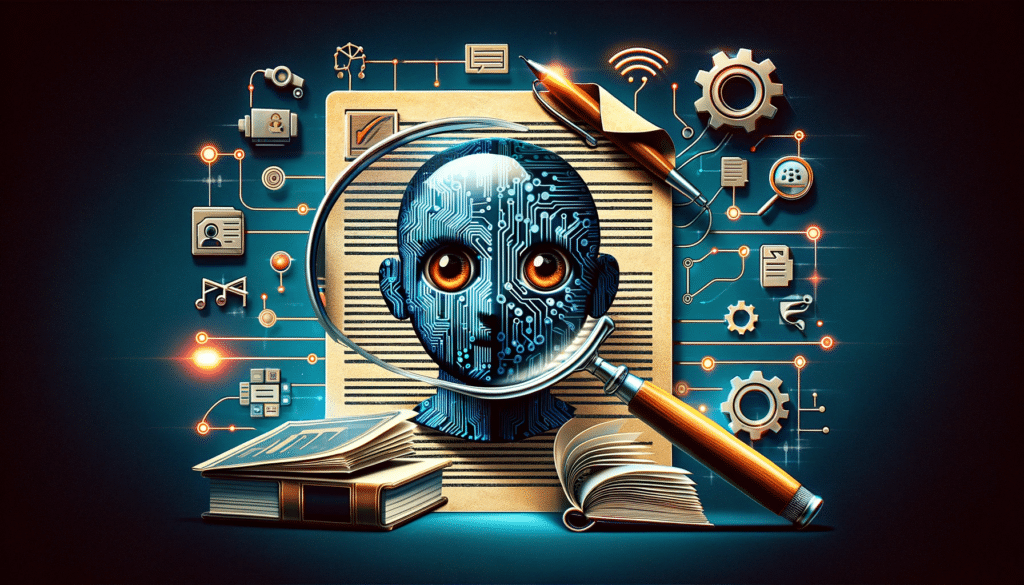
How do we catch a machine in the act of mimicking a human? This is the challenge that plagiarism detection tools face in the era of AI-generated content. In academic and professional settings, ensuring the originality of work is paramount, and plagiarism detection tools have been the gatekeepers. But with AI tools like Chat GPT entering the scene, the game is changing.
Plagiarism detectors, such as Turnitin and Copyscape, are designed to compare submitted content against a vast database of published works, flagging similarities that could indicate plagiarism. However, AI-generated content poses a unique challenge. Since tools like Chat GPT create content that doesn’t directly copy from a single source but rather synthesizes information in a new way, traditional plagiarism checkers might not always catch it. This means that an essay or article written by Chat GPT could slip through these detectors, appearing as original work.
The challenge, then, is twofold. First, there’s the need for plagiarism detection tools to evolve, to become smarter at identifying content that, while not directly copied, may still not be the original thought of the writer. Second, there’s a need for awareness and education about the ethical use of AI in content creation. As AI continues to advance, understanding its capabilities and limitations in the context of plagiarism is crucial for students, educators, and professionals alike. Navigating this new landscape requires a combination of advanced technology and a strong ethical framework.
Chat GPT’s Originality: Myths and Realities
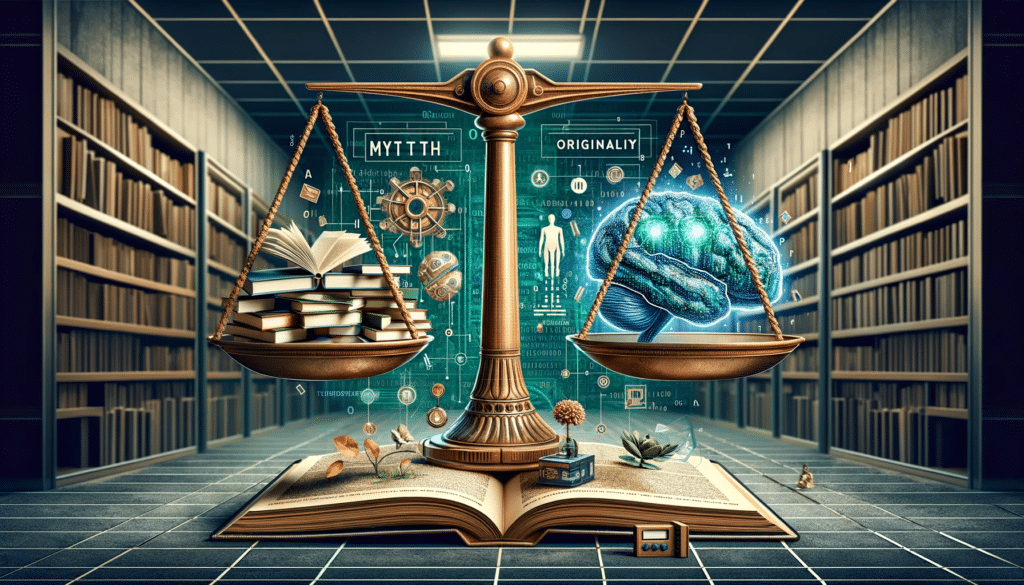
Is everything that Chat GPT writes a mere echo of something already written by a human? This question brings us to the heart of many myths surrounding Chat GPT and plagiarism. The reality is more nuanced and deserves a closer look to separate fact from fiction.
One common misconception is that Chat GPT simply copies and pastes from existing sources. In truth, Chat GPT operates by analyzing and learning from a vast array of texts, then generating new content based on patterns and structures it has learned. This process is akin to a student learning from various books and then writing an essay in their own words. While the information is derived from learned material, the expression is unique to the AI.
Real-world examples further illustrate this point. In academic settings, essays written with the assistance of Chat GPT have been scrutinized for plagiarism. In several cases, these essays have passed plagiarism checks, indicating that the content, while influenced by existing material, was not a direct copy. However, this doesn’t mean that Chat GPT’s outputs are always entirely original. There have been instances where the generated text closely resembled existing sources, albeit unintentionally.
Understanding Chat GPT’s capabilities and limitations is crucial in the ongoing conversation about AI and originality. While it’s a powerful tool capable of producing impressively human-like text, it’s not infallible. Recognizing this helps in using Chat GPT responsibly, ensuring that its use in academic and professional writing adheres to standards of originality and integrity.
Best Practices for Using Chat GPT Responsibly
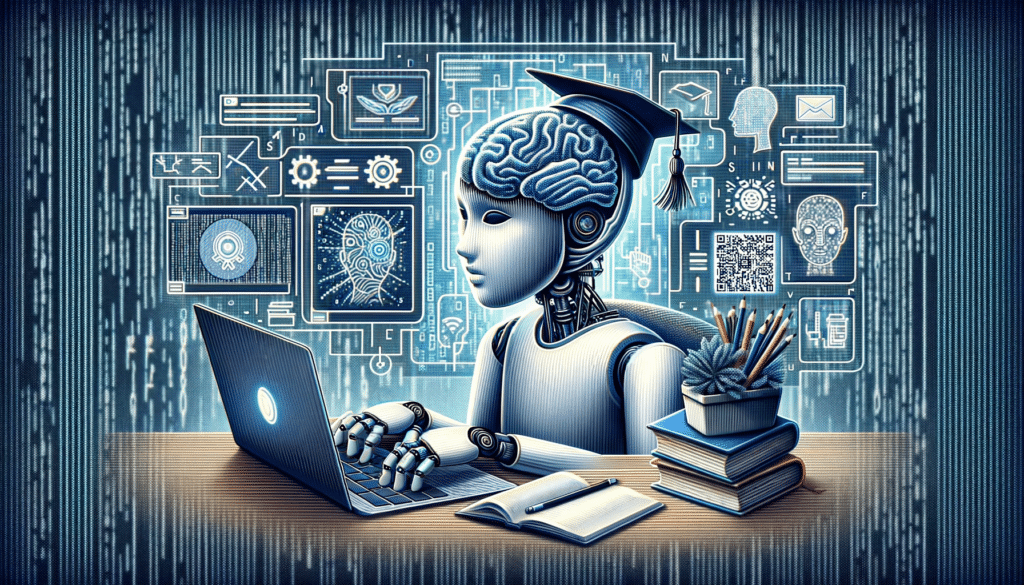
In a world where AI can write like a human, how do we use such a tool responsibly? Chat GPT, with its impressive ability to generate text, offers immense potential, but it also raises important questions about ethical use, especially in writing. Navigating this requires a blend of awareness and practical strategies.
Firstly, it’s crucial to understand the role of Chat GPT in writing. Think of it as a digital assistant rather than a ghostwriter. Use it for brainstorming, getting over writer’s block, or generating initial drafts. However, the final piece should be your work, infused with your insights and voice. This approach ensures that while you leverage AI’s power, you maintain the authenticity of your writing.
Secondly, always fact-check and edit the content generated by Chat GPT. While it’s a sophisticated tool, it’s not infallible and can sometimes provide outdated or incorrect information. A thorough review and revision process is essential to ensure accuracy and relevance.
Lastly, in academic settings, be transparent about using AI tools. If you’ve used Chat GPT for research or drafting, cite it as you would any other source. This transparency not only upholds academic integrity but also allows for a fair assessment of your work.
The Future of AI and Academic Writing
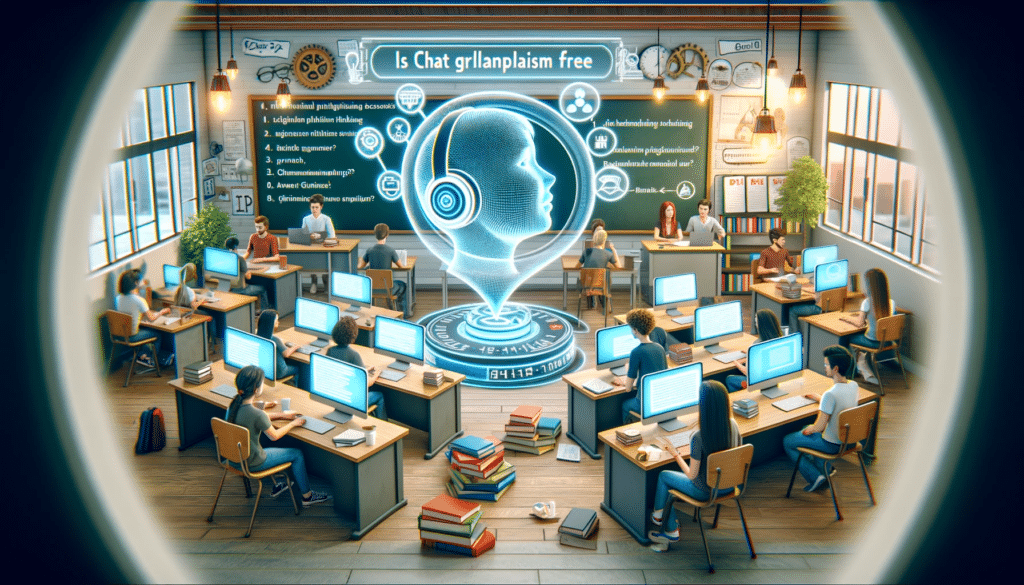
As we gaze into the future of academic writing, the role of AI tools like Chat GPT is becoming increasingly prominent. Imagine a world where AI doesn’t just assist in research but actively collaborates in the creative process of writing. This is not a distant reality but a forthcoming evolution in education. AI tools are expected to become integral in helping students develop ideas, conduct research, and even draft initial versions of their essays. This integration will likely enhance the learning experience, making it more interactive and dynamic. However, it also necessitates a shift in teaching methodologies, where the focus will increasingly be on nurturing critical thinking and analytical skills rather than just imparting information.
The rise of AI in academic writing also heralds significant changes in plagiarism policies and detection methods. Traditional plagiarism checkers, which currently scan for text copied from existing sources, will need to evolve. They will have to become adept at identifying AI-generated content, distinguishing it from human-produced work. This advancement will likely lead to more sophisticated AI detection algorithms that can analyze writing styles and patterns unique to AI-generated content.
Moreover, academic institutions may need to redefine their plagiarism guidelines to include the misuse of AI tools. New policies might be introduced, emphasizing the ethical use of AI in academic writing. These policies could include guidelines on how to correctly attribute AI-assisted work and the importance of maintaining the originality of thought in student submissions. As we step into this new era, the key will be to balance the benefits of AI in enhancing learning and creativity while upholding the principles of academic integrity and original human thought.
Conclusion
In the rapidly evolving landscape of technology and education, where does the line between AI utility and academic integrity lie? This question is at the heart of our exploration into the world of AI, particularly Chat GPT, and its impact on academic writing. The journey through the capabilities of Chat GPT, the ethical considerations in its use, and the future it heralds for academic writing brings us to a crucial juncture in the intersection of technology and education.
Chat GPT, with its advanced Natural Language Processing capabilities, has opened new doors in the realm of content creation. It’s a tool that can inspire, assist, and enhance the writing process, but it also brings with it the responsibility to use it ethically. The key takeaway is the importance of maintaining a balance – leveraging AI for its benefits while ensuring that the core of academic writing remains rooted in original thought and intellectual honesty.
As we look to the future, it’s clear that AI will continue to play a significant role in academic writing. However, this future also demands a reevaluation and adaptation of our approaches to learning, teaching, and evaluating academic work. The challenge will be to embrace the advantages of AI without compromising the principles of academic integrity. In this new era of AI-assisted education, the goal should be to use these tools to complement human intellect and creativity, not replace them. As we navigate this path, the focus must remain on fostering a learning environment that values originality and critical thinking, underpinned by the responsible use of AI.
FAQs
Q1: Does Chat GPT produce plagiarized content?
A1: No, Chat GPT does not produce plagiarized content in the traditional sense. It generates responses based on a vast database of information it has been trained on, creating unique combinations of words and sentences. However, since it draws from existing literature, there’s a small chance that some responses might closely resemble specific sources.
Q2: Can I use Chat GPT for my academic assignments?
A2: While you can use Chat GPT to assist with academic assignments, it’s important to use it as a tool for brainstorming or drafting initial ideas. The final submission should be your original work, and any significant contribution from Chat GPT should be appropriately cited to maintain academic integrity.
Q3: How can I ensure that my work is original when using Chat GPT?
A3: To ensure originality, use Chat GPT for initial ideas or to overcome writer’s block, and then develop those ideas further in your own words. Always review and edit the content generated by Chat GPT to ensure it aligns with your unique voice and perspective.
Q4: Are there tools to detect if the content is generated by Chat GPT?
A4: Yes, there are emerging tools designed to detect AI-generated content, including text produced by Chat GPT. However, these tools are still in development and may not always be accurate. It’s best to focus on creating original content rather than relying solely on detection tools.
Q5: How does Chat GPT differ from traditional plagiarism methods?
A5: Traditional plagiarism involves directly copying someone else’s work without attribution. Chat GPT, on the other hand, generates new content based on its training data. It doesn’t copy the text verbatim from a single source but creates new expressions, making it different from conventional plagiarism.
